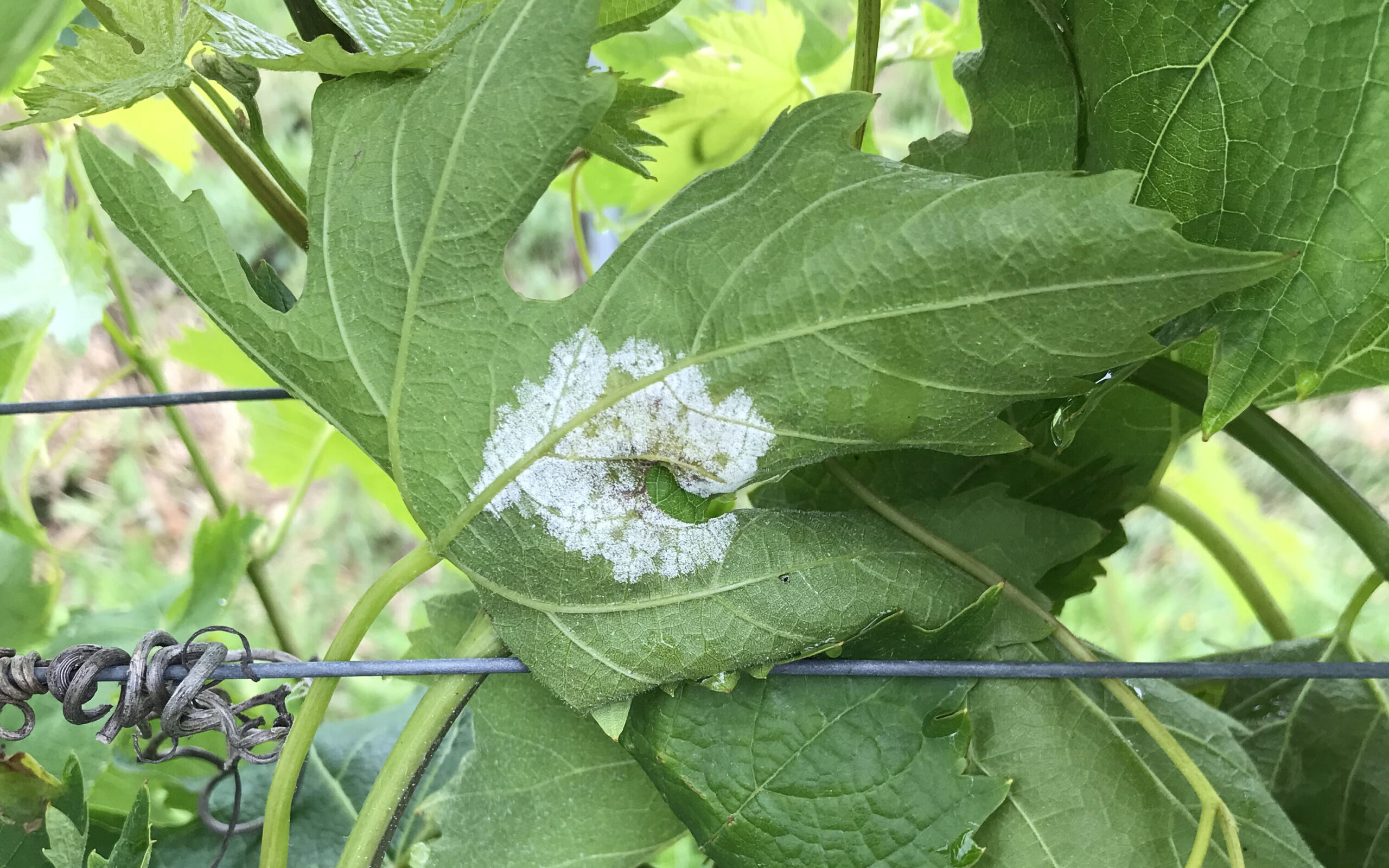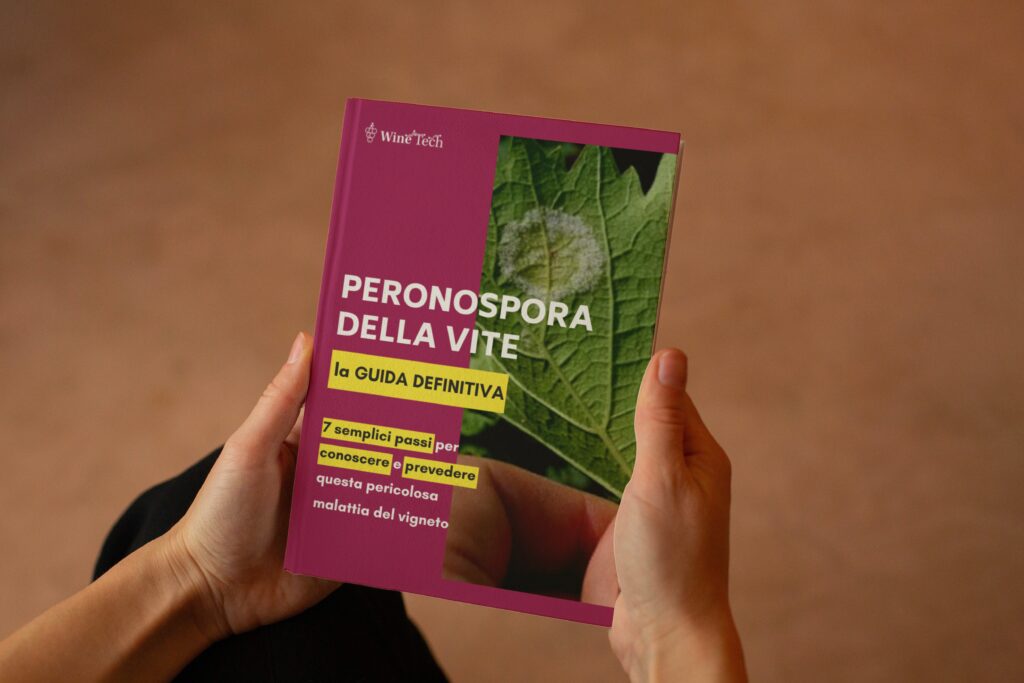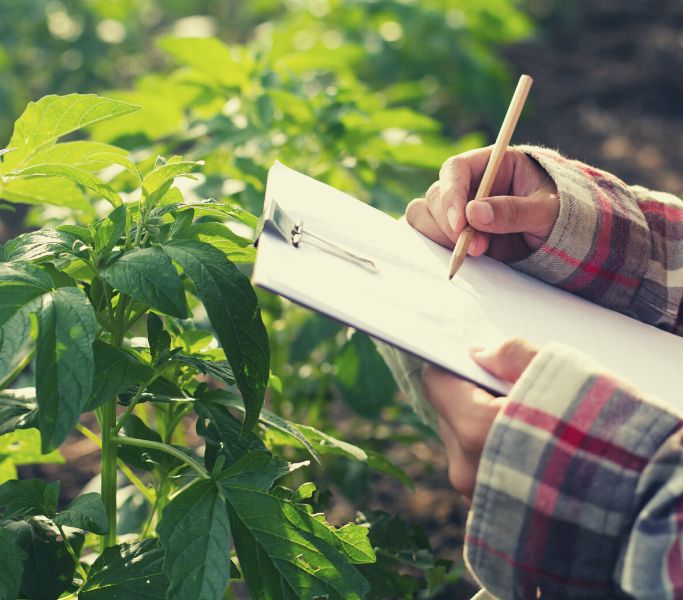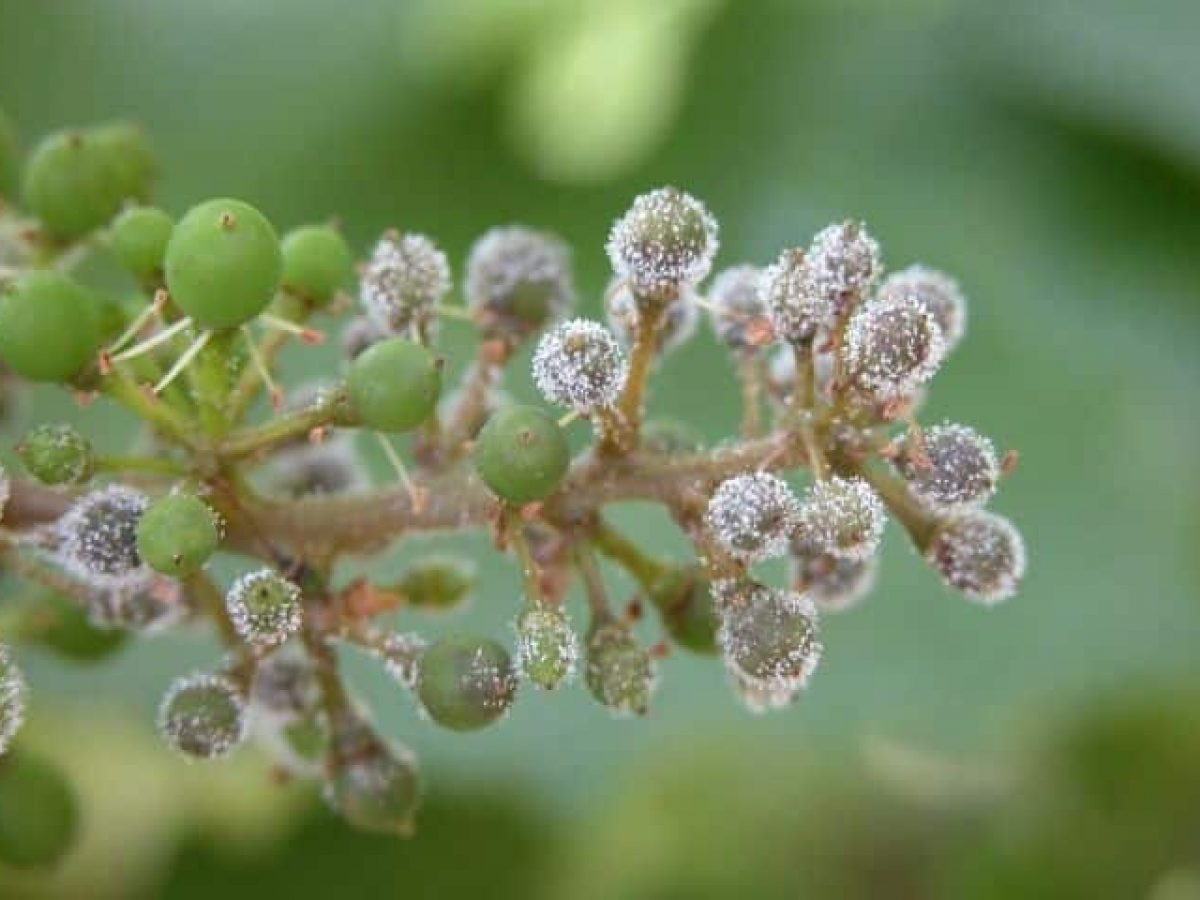The 2023 harvest Italy is experiencing an unprecedented crisis, characterised by forecasts that indicate losses up to 50% compared to the previous year. This dramatic drop production is mainly attributable to the onset of peronospora of the vine, a pathogenic fungus that is reaping serious damage in Italian wine regions. The most affected regions include the Puglia, the Sicily, the Campania and the Basilicata, in addition to theEmilia Romagna. However, the damage also extends to the Piedmont and to the Liguria.

Table of Contents
- Government Measure: An Initial, But Inappropriate Response
- The Causes of Impact: Excessive rains
- Losses in the Viticulum Sector and the Claims of Italian Farmers
- Impact of Climate Change on Harvest 2023: Coldiretti’s Estimates
- Impact of Climate Change on Grape Harvest: Analysis of Confagricoltura
- Conclusion
Government Measure: An Initial, But Inappropriate Response
The Italian government has tried to address this emergency in the wine sector through the Asset Law Decree, which has allocated EUR 1 million in the Council of Ministers on August 7th. These funds are allocated to ISMEA and they aim to support damaged agricultural businesses. In particular, an interest rate contribution will be offered for Bank financing with a duration of up to sixty months, in order to help companies maintain their business.
However, many critics regard this measure asa drop in the sea” compared to the size of the problem. Italian agriculture, especially wine-growing, is in a critical situation and will require further investment and long-term strategies to recover.
The Causes of Impact: Excessive rains
The 2023 harvest she was hit hard by the excess of humidity caused by abundant rains in May and June. These climatic conditions have favored the spread of peronospora, leading to a prediction of losses which vary from 14% al 50% compared to the previous year..
Losses in the Viticulum Sector and the Claims of Italian Farmers
The Italian wine sector is facing a critical situation with estimated losses between the 30% and the 40%, as reported by CIA Italian Farmers. The main cause of these losses is the spread of the fungal disease of the vine, especially the vine peronospora.
The Critique of the Urgent Measurement of Government
CIA Farmers ItalianI expressed concern about the urgent measure taken by the government to address this crisis. The allocation of EUR 1 million it has been called “irresory quota” to face a problem involving regions from North a South, given the unstable climate trends and the importance of the wine sector worldwide. The situation has already been declared aemergency.
The request for refinancing of the National Solidarity Fund
CIA Agricoltori Italiani stressed the need for a significant refinancing of the National Solidarity Fund to ensure the income security of wine-growing enterprises. This additional funding would be essential for supporting the sector during this unprecedented crisis.
The most affected regions
The vine peronospora has affected strategic regions for national wine production, including the Sicily, the Puglia, the Basilicata and the Campania. Regions such as theUmbria and the Toscana they are facing difficulties, along with areas along the Adriatic ridge, including Marche, Abruzzo and Molise. It is estimated that the losses are between the 30% and the 40%. The Apulia and the Sicily, famous for the production of table grapes, they record damage which exceed the 40% production, depending on the crop system used.
The Need to Invest in Research and Innovation
To address natural disasters and attacks by plant and animal pests, Cia Agricoltori Italiani stresses the importance of accelerating the process of research, innovation and experimentation in the field. These measures are key to helping the Italian wine sector to meet current and future challenges.

It’s all about prevention.
In a few clicks you will know the weather the evolution of diseases in the your field and you can take preventive measures.
Impact of Climate Change on Harvest 2023: Coldiretti’s Estimates
The 2023 harvest in Italy it started with a heavy duty due to the climate change that characterised the season. According to a study conducted by Coldiretti, the national production of grapes is estimated at a significant decrease in the 14%. This decline represents an unprecedented challenge for the Italian wine sector.
Reduction of Italian Wine Production
Coldiretti points out that Italian wine production for the period 2023-2024 is expected to fall to about 43 million hectolitres, compared to the 50 million recorded in the previous season. This places 2023 among the most difficult years in the recent history of the Italian vineyard, flanking 1948, 2007 and 2017. Despite this critical situation in terms of volumes, Coldiretti assures that Italy will continue to produce high quality wines.
Climate unknowns and the impact of climate change
I key challenges faced by winegrowers are linked to the evolution of temperatures and precipitation in the coming years. THEclimate uncertainty it is a key element that will influence the choice of the right time for harvesting and processing the grapes. I climatic changesthey made this decision even more critical.
The situation in Emilia Romagna
In theEmilia Romagna, despite the adverse climatic conditions, wine production resists in the regions of the Emilian side. This area, which includes Modena, Piacenza and Parma, it is tackling climate challenges with determination. However, the situation is different for the vineyards of Romagna, affected by the May flood. Here, we estimate an overall damage of the 35% on an area of about 2,500 hectares, with particular impact on varieties such as the Trebbiano and Sangiovese.
Concerns for Biological Companies
I organic holdings in the region they face an even more critical situation, with losses of products that can reach the 50%. The combination of torrential rains, landslides and other extreme climate events puts a strain on the sustainability of organic farming practices.

It’s all about prevention.
In a few clicks you will know the weather the evolution of diseases in the your field and you can take preventive measures.
Impact of Climate Change on Grape Harvest: Analysis of Confagricoltura
2023 was a year of significant changes for the Italian wine sector, with an important reorganisation of harvest times and unprecedented challenges related to grape production. Confagricoltura, the representative organisation of Italian farmers, carried out an in-depth analysis to take stock of the situation.
Reduction of Grape Harvest
After years of early harvest, the 2023 brought significant change. This year, there has been a return to balance in harvest times, and in some cases, the harvest was carried out even late. However, the main impact was on the amount of grapes harvested, with a decreased which goes from 20% to 50% in almost all Italian regions.
Main Case: Climate change
The climate developments adverses have had a profound impact on the ripening of grapes and on the quantity produced. These developments include spring frosts and heavy summer hail, especially in the northern regions. In addition, the peronospora of the vine has resurfaced forcefully, especially in the Center-South, due to the persistent humidity.
The affected regions
The decrease in production has occurred in many regions, including parts of the Piedmont, Friuli Venezia Giulia, Liguria, Tuscany, Emilia Romagna, Umbria, Marche, Abruzzo, Campania, Molise, Basilicata, Calabria, Puglia and Sicily. However, some regions of the North, such as Lombardy, Trentino Alto Adige and Veneto, recorded a slight increase in the harvest, estimated around 5% more than in 2022.
The Challenges for Viticultors
The President of the Confagricoltura Wine Federation, Federico Castellucci highlighted the complex challenges faced by Italian winegrowers. In particular, those who practice the organic viticulture they are facing the prospect of a harvest with a significant quantitative reduction. The next few weeks will be decisive to optimise production.
The Emergency of Peronospora and the Request for Extraordinary Actions
The abundant rains of late spring and early summer have favored the spread of the peronospora of the vine. This problem concerns not only Italy, but also French winegrowers are struggling with the same disease. Confagricoltura calls for the implementation of a Extraordinary Plan of Action for the Fight against the Diffusion of Phytopathsand, in order to strengthen the national strategy for monitoring and combating diseases in the agricultural sector.
In addition, the President of the Vitivinicola Section of Confagricoltura highlighted the additional costs incurred by winegrowers to preserve the harvest, including the costs of phytosanitary control and the fuel. The increase in costs has a significant impact on the economic aspect of companies, already affected by the fall in consumption caused by rising inflation.
The challenge of the boar
Finally, there is an additional challenge represented by the continued presence of the boar, that they damage vineyards throughout Italy.
Conclusion
This year, the Italian harvest will take place in a context extraordinarily challenging. Winegrowers and the sector as a whole will have to face and overcome the difficulties created by the climate change and from phytopathological challenges. We will continue to monitor the situation closely while the harvest it develops, hoping that support measures can help mitigate losses and ensure the quality of Italian wine.
If you are a winegrower and you have found this interesting article sign up for free Peronospora Zero and you will receive the GUIDE on the PERONOSPORA OF VITE

SITEOGRAPHY:











